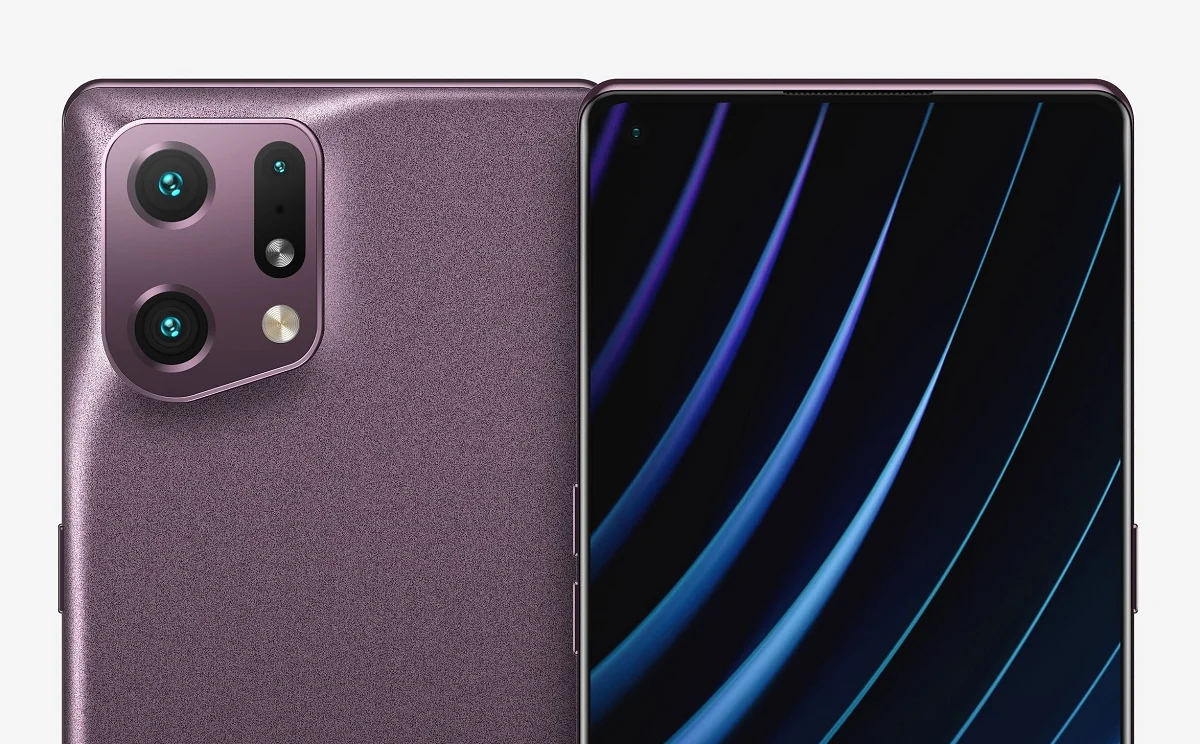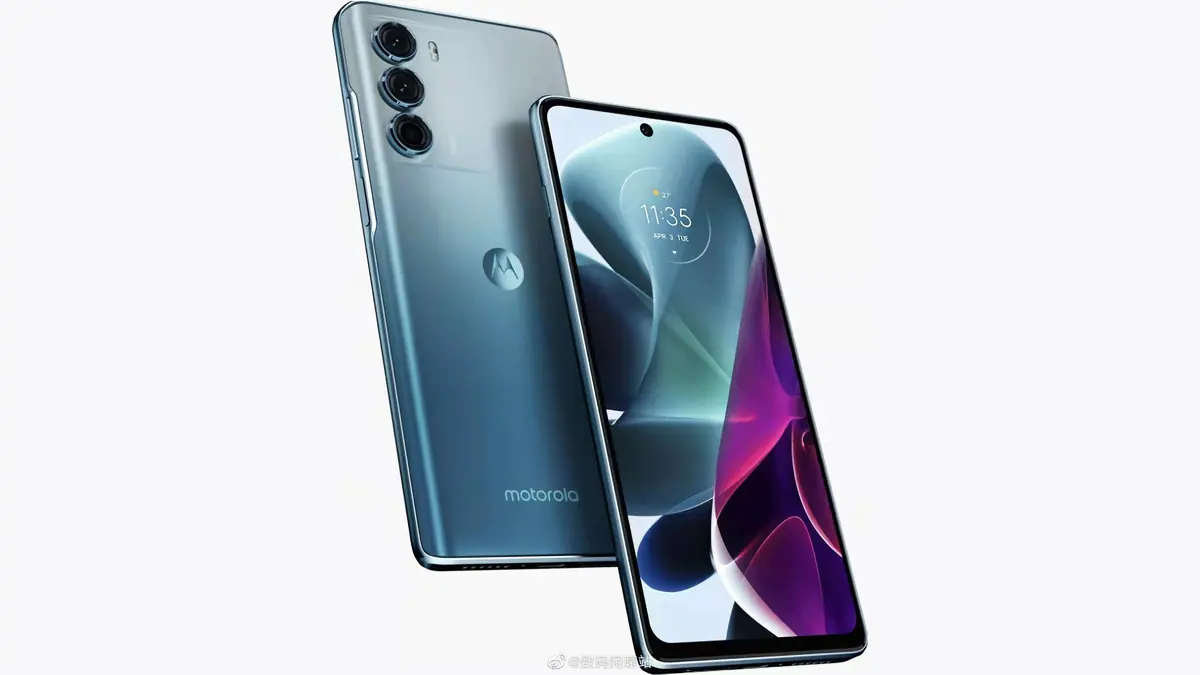The event reportedly took place under laboratory conditions, with actors dressed in military uniforms and scientists in protective suits. 24 Channels with reference PCMag.
The main element of the show was a 1 square meter exhibit on which the image of an alien figure was projected. Journalists described the hologram as “realistic” but noted that upon closer inspection, the pixel structure became more apparent.
How it works: The science behind light field displays
Light Field Lab displays use a complex array of millions of Fresnel lenses arranged on a screen. These lenses control the angle of light emitted by each pixel, simulating the natural reflection of light from real objects. This approach allows viewers to perceive 3D images without special glasses or VR glasses.
Unlike traditional 3D imaging methods that rely on tricks such as left-right stereoscopic imaging, light field displays produce a more realistic sense of depth.
![]()

New generation holographic display / Photo: Light Field Lab
To achieve this, each image point must reflect light in multiple directions; This requires a much larger number of pixels than standard flat panel displays. According to Light Field Lab, the pixel density of such displays should be 1000 times higher than traditional 2D displays.
Commercial potential of the product
The show was developed in collaboration with the SETI Institute, which aims to promote the mission to search for extraterrestrial life. But aside from SETI’s promotional purposes, other industries are already lining up to explore commercial applications of the display.
According to Light Field Lab, the technology has attracted interest from hotels, casinos, large corporations and theme parks looking to use holographic displays to enhance customer experience. While the company has reportedly signed contracts with many customers, it has not yet disclosed the names of its partners.
Currently, the 1 m² screen is the only model ready for production, but customers are pushing for larger screens. Light Field Lab admits that development of large-format displays could take up to five years, but the company is already preparing for first deliveries.
We have contracts to order products that you will see us begin shipping next year. Most of what we have done in the last two years is to improve the production process and assembly line.
– said company representatives.
While the current 1m² model costs six figures, the company is confident that demand for larger, immersive displays will continue to grow. For now, Light Field Lab’s groundbreaking display offers a glimpse of a future where holograms no longer require augmented reality headsets or glasses; But this future is expensive for now.














